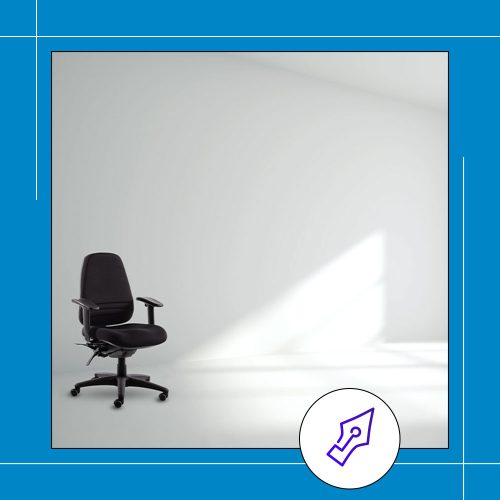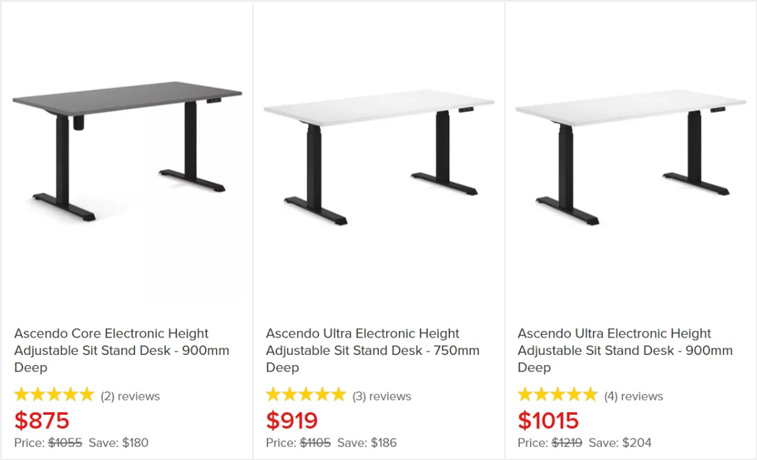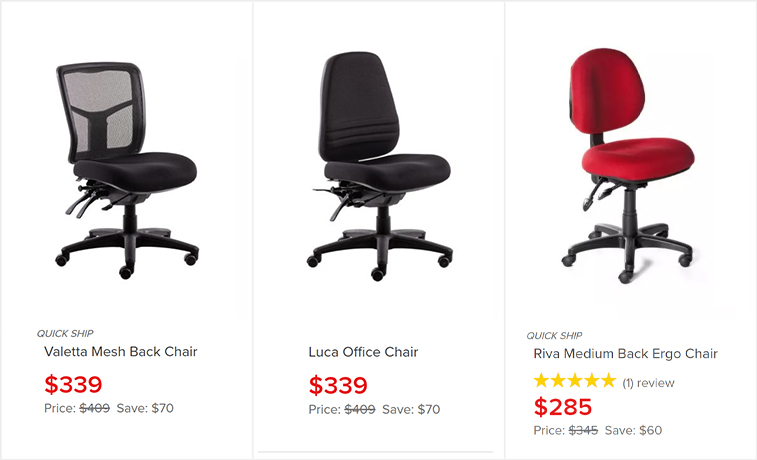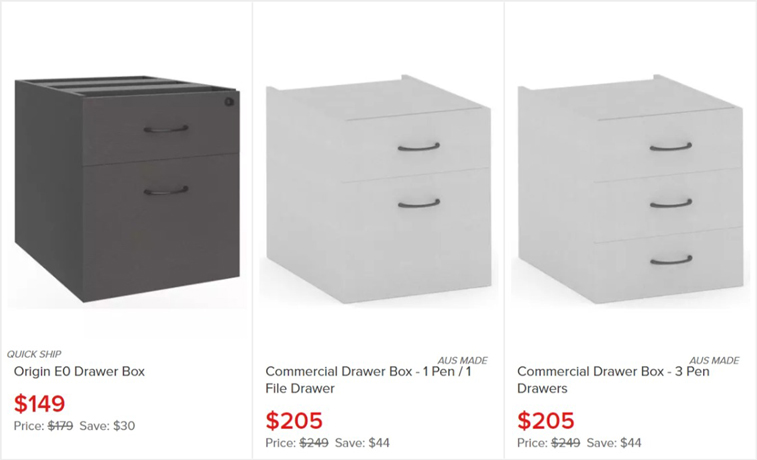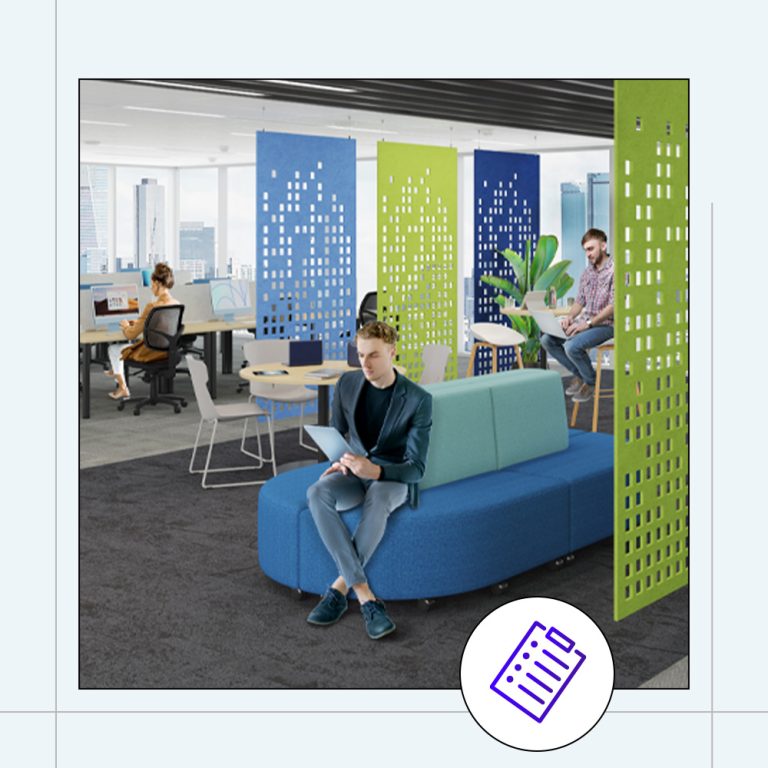In today’s working world, there’s a lot more that goes into an office space than simply a series of desks and chairs. 21st-century employees expect a lot more than that from their workplaces. For instance, employees have come to expect a place where their best work can get done, which means comfortable seating, ample desk space and welcoming decor that makes the place feel inviting and encouraging. Furthermore, employees also expect a place where they can relax during breaks, which requires a place that feels stress-free and neat.
But how can office managers possibly go about creating a workplace like this? How can you elevate the workplace from what it is now to what it needs to be? As it turns out, embracing minimalism in office spaces is one possible way to ensure the kind of 21st-century workplace your employees could only dream about.
Introduction to Minimalism
When speaking about minimalism from a design standpoint, the definition differs from the type of minimalism seen in painting or music — minimalism in design is all about making sure that everything in a certain space or room serves a specific purpose. It’s all about getting rid of things that do not get used and only striving for furniture and objects that serve a function.
You often see minimalism associated with decluttering and for a good reason: distracting decor, useless junk, disorganised piles and things of this nature are not conducive to a productive working environment because they don’t serve a purpose and only bring further stress.
Clutter isn’t just a problem in the workplace — it’s a problem in the home, as well and it’s only getting worse. In fact, according to reports, people go through twice as many material goods in 2021 as they did 50 years ago. Beyond this, it is said that people spend over 150 days searching for lost items and that people lose nine items a day — that’s nearly 200,000 items in a lifetime.
With this in mind, it’s clear to see where the idea of minimalist design might have come from: People have more junk than ever before, and it’s starting to drown us both at home and at work.
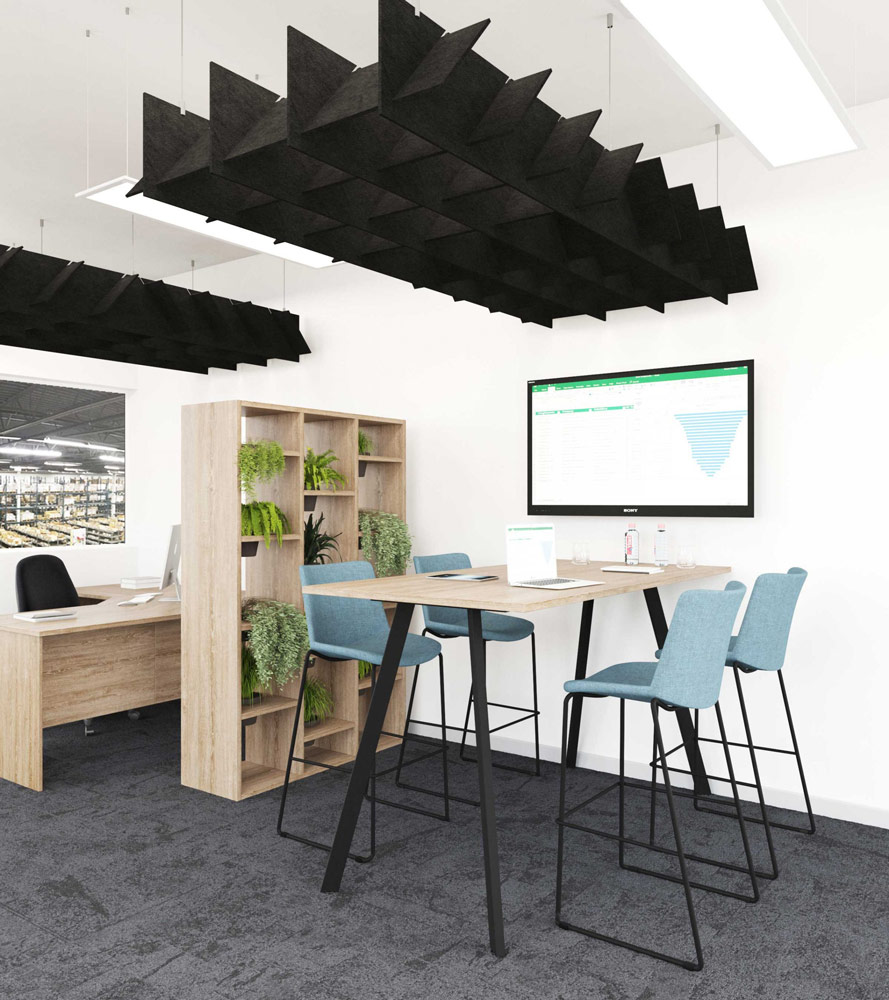
Embracing minimalism in office spaces can help put a stop to this — and increase both productivity and your business’s reputation in the process.
How Highly Functional Furniture Can Create Flexible and Multifunctional Workspaces
An incredibly simple way to bring minimalism into your office space is to incorporate highly functional furniture. From sit-stand tables to fully ergonomic chairs and everything in between, these kinds of highly functional pieces of furniture serve multiple purposes and bring flexibility to the workplace that wasn’t there initially. When employees are allowed to be flexible, the workplace is allowed to serve multiple functions.
Some may feel more comfortable standing while they work. Some may feel better sitting. Some may prefer working in a chair without any recline. Others may like leaning back a bit while they work. Highly functional furniture allows the workspace to meet the employees where they are and encourage them to do the best work they possibly can. Let’s look at the individual features of these furniture types in more depth.
You’ve likely heard by now that sitting is the new smoking. However, that doesn’t mean that everyone likes to spend their workday on foot. Sit-stand desks allow employees to make the choice for themselves and respond to those choices with an adjustable height. No matter how your employees prefer to work — on foot or in a chair — sit-stand desks meet employees in the middle and facilitate both options. There are numerous health benefits of using sit-stand desks including increased productivity, energy and concentration.
Fully Ergonomic Chairs
If your employees must sit in a chair for eight hours a day, they should be doing it in a chair that encourages good posture. (After all, good posture matters more than you might think: It encourages good balance, proper muscle movement, builds core strength and countless other important factors.) Fully ergonomic chairs help promote that essential posture and it also allows your employees to adjust to their preferred comfort level while still maintaining that good posture. What’s more, these fully ergonomic chairs promote minimalism by cutting down on the need for employees to add accessories, like additional cushioning or back support, to their chairs. Read our guide for tips on how to set up your ergo chair to get the full benefit.
How Versatile Organisation and Furniture on Wheels Can Help
Beyond sit-stand desks and fully ergonomic chairs, it’s also worth considering implementing versatile organisation and furniture on wheels into the office space. Better organisation that can be tweaked to fit your office’s needs and portable furniture fixtures — like wheeled whiteboards or filing cabinets — can help promote the feeling of a flexible, multifunctional workplace. If you need to clear out a space for a group exercise, versatile organisation and furniture on wheels can do that. Not to mention, these features help cut down on that pesky clutter and overall messiness that can be so damaging to productivity.
Benefits of Minimalist Office Spaces on Productivity and Focus
If it seems unlikely that a simple change of furniture and improved organisation could truly make a difference, consider this: Recently, 100 individuals took part in an experiment where half were placed in a messy cubicle to complete a task and half were placed in an organised, minimalist space and asked to complete that same task. Those in the neat environment worked for an average of 1,117 seconds straight, while those in the messy space worked for an average of 669 seconds straight. This experiment serves as concrete proof that minimalist office spaces promote productivity and focus more than a cluttered one.
How Messy Offices Reflect Poorly on You
If you’re still unconvinced of the benefits of embracing minimalism in office spaces, take this final point into account: messy offices reflect poorly on the business itself. According to research, the degree of office messiness has a direct impact on the way customers perceive the office manager. The messier an office, the less conscientious, less agreeable and more neurotic customers found the office owner. It makes a lot of sense in this context. If your office space is messy, cluttered, unproductive and inflexible, then customers are going to assume the same is true of the business owner, as well.
The Bottom Line: Embracing Minimalism in Office Spaces
Simply put, the average workplace is messier than ever, and mess causes stress. Embracing minimalism in office spaces can help to resolve this stress. Not only does the incorporation of highly functional furniture help to create flexible and multifunctional minimalist workspaces, but it also increases your employees’ productivity and focus and reflects positively back on your company as a whole.
If you’re interested in embracing minimalism in your office space, look to BFX Furniture. BFX’s selection of office furniture can help take your current office design concept from where it is now to the minimalist haven it can be. Contact BFX today to discuss the ways you can embrace minimalism in your office space and receive a free quote. You can also sign up for emails from BFX to get offers straight to your inbox by visiting our website and entering your email address when prompted.


